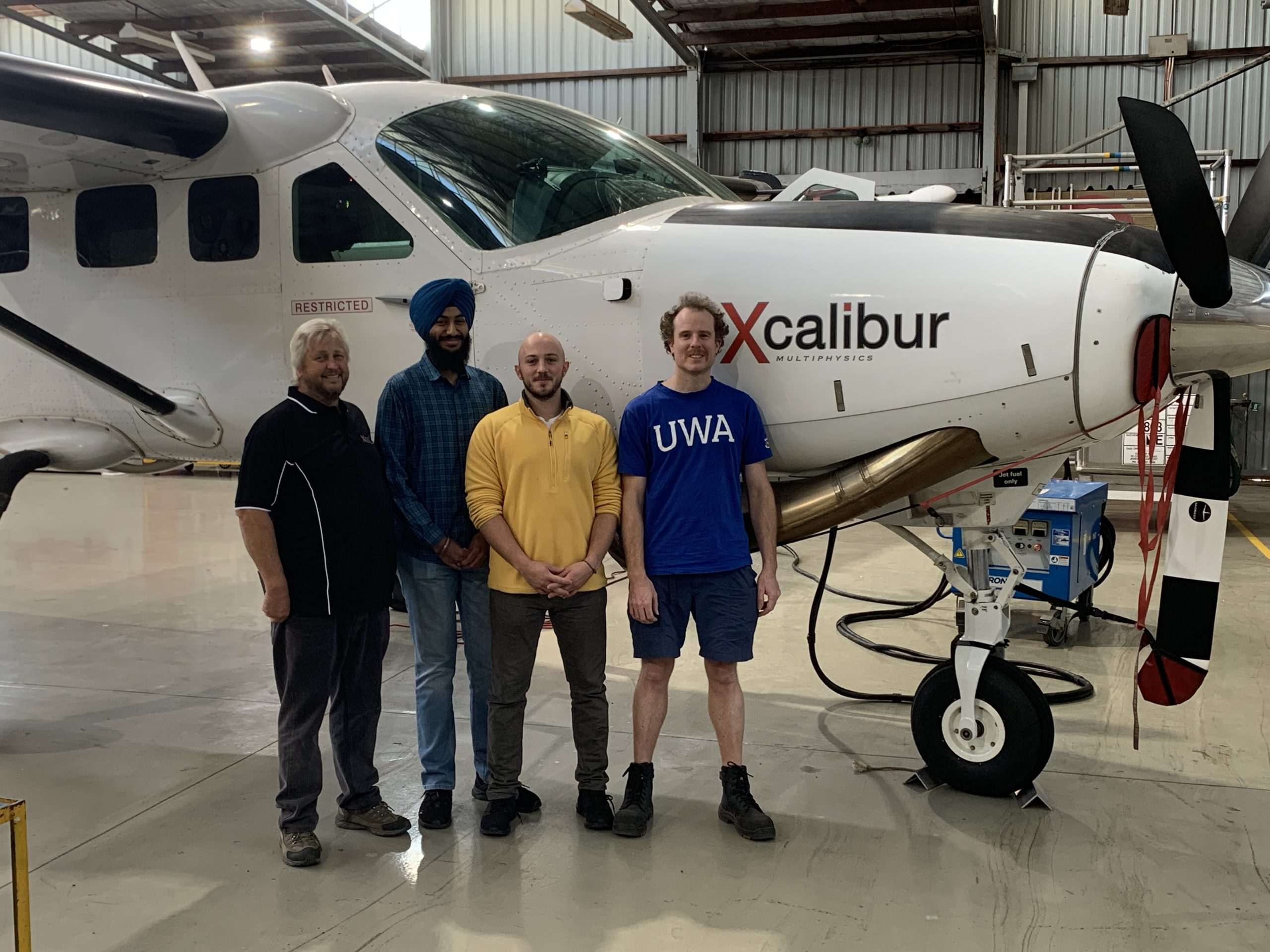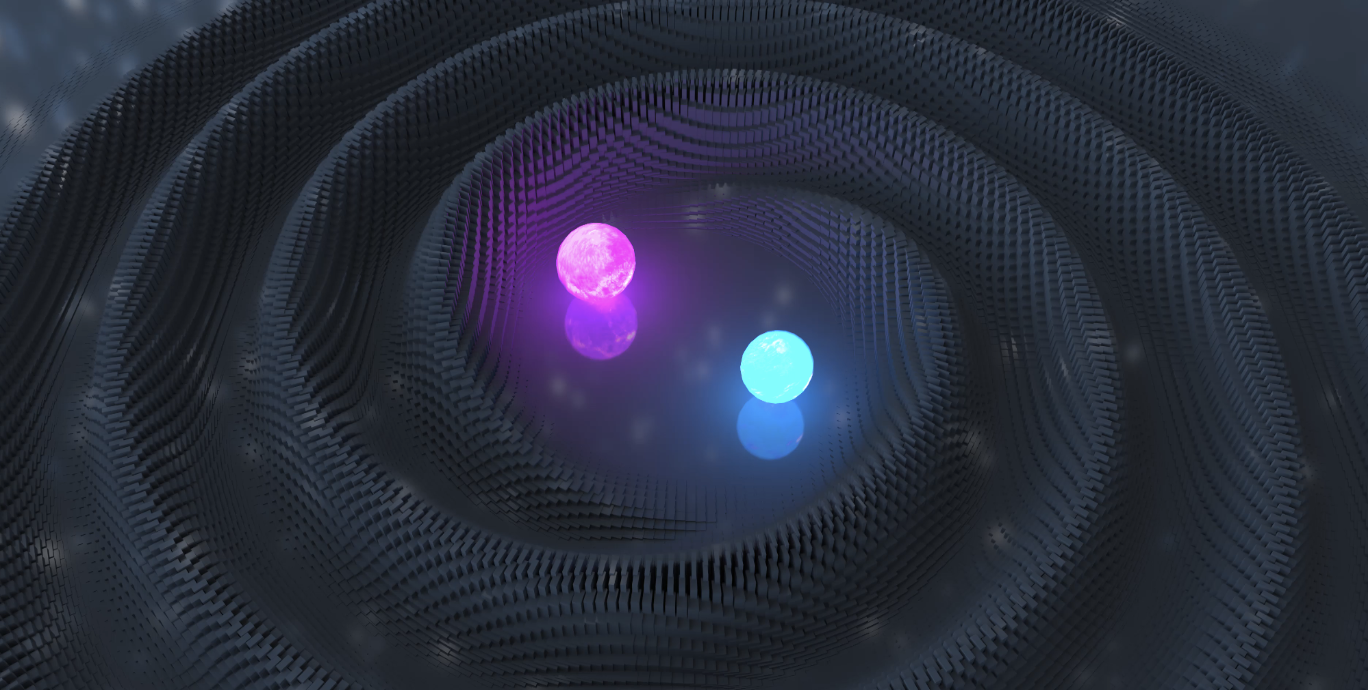Technology developed by gravitational wave scientists may soon give mining companies a clearer picture of what lies beneath the Earth’s surface – potentially saving millions in exploration costs for Australian industry.
While mining may seem to be light years away from astronomical research, the technology developed by scientists to detect tiny gravitational waves coming from outer space is now being applied to equipment used for airborne mining exploration.
Gravitational waves can be described as ripples (or wobbles) in space-time. They are incredibly difficult to detect here on Earth due to the enormous distances they must travel to reach us. This is true even when gravitational waves are produced by extremely energetic events – like two black holes colliding in space. We now know that the first gravitational waves ever detected on Earth had to travel for 1.3 billion years to reach us, and by the time they arrived the waves had shrunk to be 10,000 times smaller than the nucleus of an atom! The effect of time and distance on gravitational waves is a bit like water ripples created by dropping a stone into a pond – the ripples get smaller and smaller as they travel outward from the original source.
To detect a signal that small, scientists had to build incredibly sensitive equipment using specialised technology. This technology isolates and blocks out Earth-based interference which may swallow the gravitational wave signal – from vibrations caused by a car driving past the observatory or even an earthquake located hundreds of kilometres away.
This unique technology is now being adapted for use in the mining industry. Researchers at the University of Western Australia (UWA) ARC Centre of Excellence for Gravitational Wave Discovery (OzGrav) have partnered with Xcalibur Multiphysics (formerly CGG) – a company providing services in Earth science, data science, sensing and monitoring. The Perth-based arm of Xcalibur has been working with OzGrav to develop advanced aircraft transmitters and receivers for mineral exploration. These allow complex groundwater structures to be mapped with greater accuracy and increases the depth to which ore bodies can be detected. This project follows a previous successful collaboration between UWA and Xcalibur, where UWA researcher Dr. Andrew Sunderland and the team used their vibration isolation techniques to reduce the shake of Xcalibur’s airborne terrain-mapping instruments. They managed to reduce the vibration on these instruments by a factor of 10.
These improvements will allow minerals to be detected twice as deep under the sedimentary basin layers which cover most of Australia.
For more information on this project, please contact Professor Ju Li: [email protected]
For more about OzGrav, please see their website.



